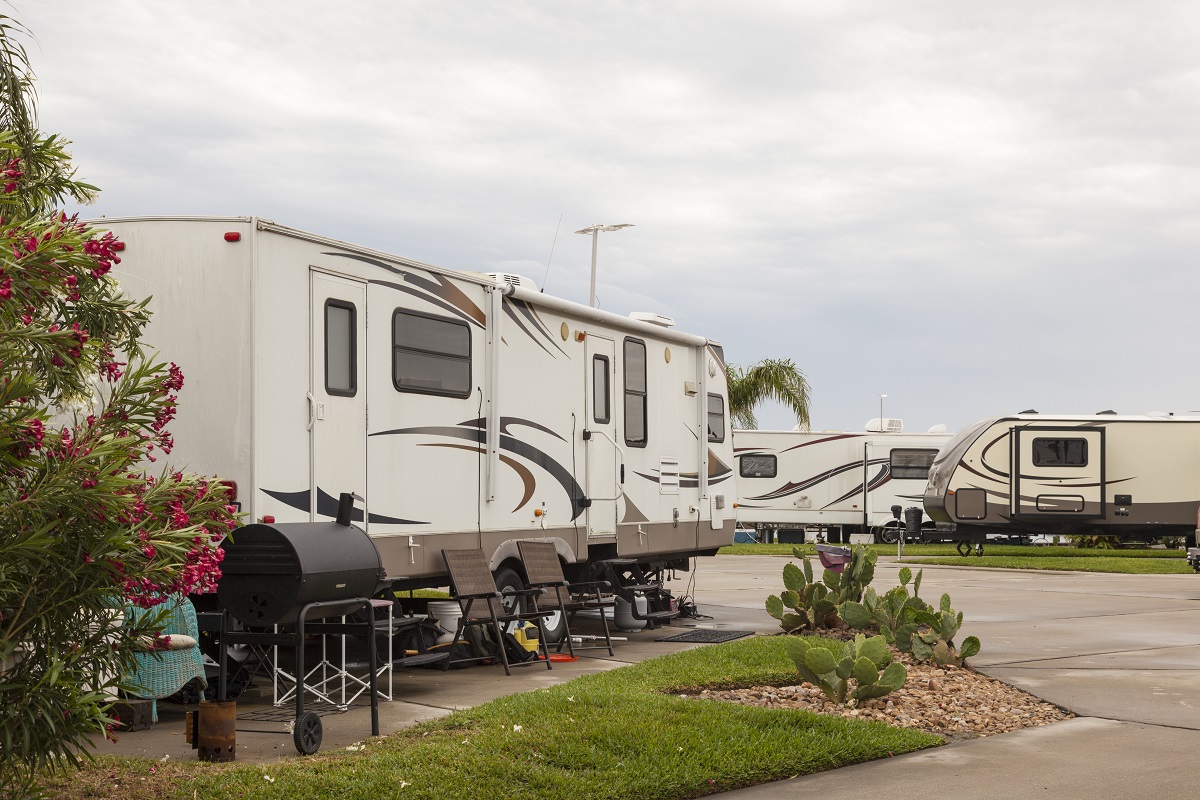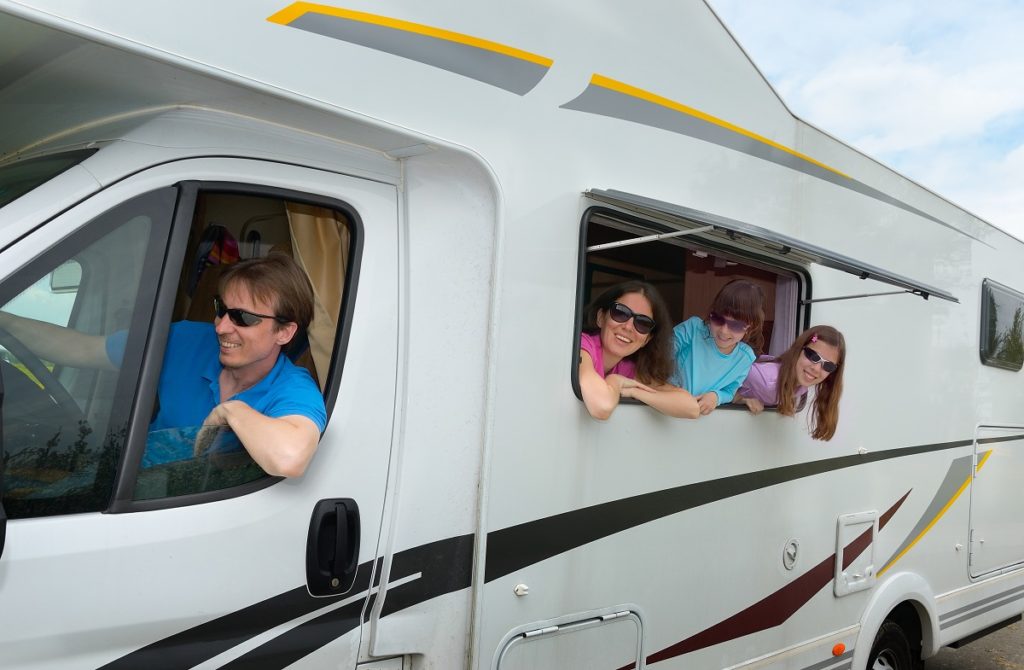If your RV isn’t your primary home, you’re a bit luckier, because you can keep it safe in your garage during rainy days. But those living in an RV permanently have to brace themselves for a storm, even if it’s only drizzling outside.
Condensation will be your RV’s biggest problem during the rainy season. But the summer heat isn’t a total blessing either, because high temperatures could increase the humidity inside your RV. Weatherproofing the van would be like weatherproofing two things at once: Your home and your car. As such, it may take more work to keep your living space safe and cozy during extreme weather.
So before setting out in your RV, ensure that you’re prepared to weatherproof it with the following:
1. Insulation
Insulation is crucial for controlling temperatures and saving energy. It mainly protects from heat, but it’s handy during cold weather as well. An RV’s windows and doors should be properly insulated to keep hot air and draft at bay.
Below are some insulation methods for an RV’s windows and doors:
- Caulking — An RV’s doors and windows are already caulked, but the caulk can peel or crack over time. Once you start feeling hot air inside your RV, reseal the windows and doors with a new layer of caulk. Caulking also prevents drafts from accessing the interiors. Re-caulk your RV every few years to maintain proper insulation.
- Replacing the weather stripping — Your RV’s weather stripping can also wear out over time. Check for holes, cracks, and gaps that allow hot air inside. Once you spot them, get new weather stripping.
- Reflective insulation — If there are no trees to shade your RV from the sun, install reflective insulation on the windows.
- Door snake — To keep drafts off-limits, place a door snake at the bottom of your RV’s doors. You may also DIY one with a piece of fabric stuffed with dry rice, lentils, or beans.
- Upgrading doors and windows — If your RV uses single-pane windows, those aren’t very efficient at keeping hot air and cold air at bay. Upgrade them to energy-efficient windows that do a better job at insulating and conserving energy.
- Plastic insulating film — If the door snakes aren’t strong enough to keep the draft out, use a plastic insulating film. It creates an air-tight seal on the doors and windows.
Keep a stock of thermal curtains as well to insulate your RV even more during the winter. If you live or travel along cold regions, consider foam insulation boards, bubble insulation, or solar blankets as well. They protect your entire RV against low temperatures.

2. Control Humidity
Excessive humidity inside your RV could lead to condensation. Control humidity using a method below that you find the most effective:
- Dehumidifier — RV dwellers can choose between a powered dehumidifier and a non-powered one. Small dehumidifiers are great for their performance, but unfortunately, it doesn’t come with a drain and a built-in hygrometer or humidistat. So just get a large dehumidifier since it’ll require less work. But whichever you use, snake the tubing either out of the window or into the sink or shower drain.
- Humidity monitor — Large dehumidifiers come with this feature. This will help you keep humidity at healthy levels because it can automatically shut off when the humidity drops below 30%. You can also equip a small humidifier with a monitor, but you’d have to manually turn it off.
- Moisture barrier — To protect your RV’s floor from vapor, install a moisture barrier just beneath the flooring. Though moisture barriers are mainly designed for concrete floors, many car-owners also use them for their autos, especially on its doors. Hence, you can protect your RV’s doors as well with a moisture barrier. Choose trusted brands, like an ASTM F3010, to ensure that you’re getting the best quality.
3. Take Cover Before Heavy Rains or Thunderstorms
Lastly, stay in a safe, closed area before a heavy rain or a thunderstorm falls. Avoid parking near trees, electric posts, or any structure that may topple over and damage your RV.
Double-check your outside storage doors to ensure that they’re locked. Retract your awnings, especially if you’re expecting strong winds. Close and latch your windows as well.
To prevent harm caused by lightning, stay inside, and unplug all your electronics. Postpone your plans to use the plumbing fixtures as well. Wait for the storm to subside, but keep indoors for about 30 minutes after the last thunderclap. Afterward, you can come out and inspect your RV and your surroundings, but don’t touch anything metallic yet.
Find out whether the area you’re parking on is a flood zone. Evacuate immediately or move to higher ground if it is. Some RV parks have a flood gauge, so check it if you see one.
Living in an RV really entails some safety risks during harsh weather, but the adventures you can experience every day can compensate for that. Just stay updated with your RV’s upkeep, because it’s not just some fancy car. It’s your home, too.




